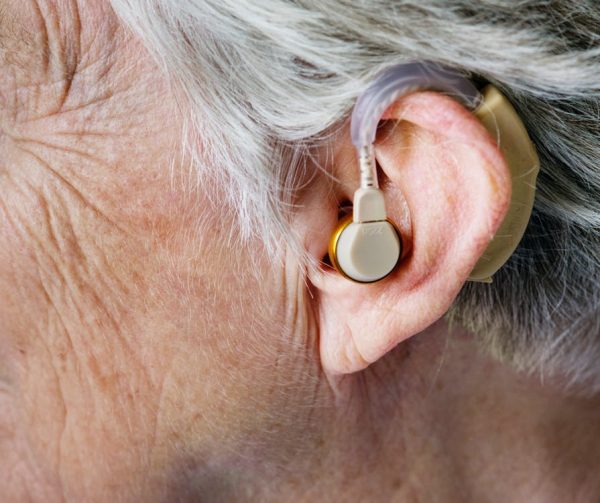
Losing your hearing can be scary. You may worry about whether you’ll be able to talk on the phone or listen to your favorite podcast. You may wonder if you’ll be able to hear the voice of loved ones. The fear is understandable but there is no need to panic. There is a hearing aid out there that will help you to hear better.
No one size fits all when it comes to hearing aids. A specialist will be able to help you choose the rig t one for you. The severity of your hearing loss, your activity level and whether you like to attend potentially noisy events will be considered. Whether you need wireless and Bluetooth connectivity will also be a factor. You can also determine whether you want something discreet. You will have many popular questions to find the perfect hearing aid. Let’s look at some of the most common types of hearing aids.
Receiver-in-canal hearing aids
You may think you will look old or unattractive when wearing a hearing aid. After all, hearing aids used to be large and clunky. They covered the entire ear canal and were quite obvious. However, you’re not likely to get one like that in the 21st century. Most modern types are smaller. Receiver-in-canal hearing aids rest in the outer ear. They are visible but discreet. They are molded to the shape of your ear and can be customized to match your skin tone.
Invisible hearing aids
These use the same technology as those mentioned above but they are even more discreet. In fact, since they fit fully inside the ear canal, no one can see them. Your confidence will improve as you find you find it easier to communicate but that’s about the only difference anyone will notice.
Behind-the-ear hearing aids
If an in-ear aid is not right for you, maybe one that fits behind the ear is perfect. These are also quite discreet so you won’t have to worry about people knowing that you’re losing your hearing. The microphone part sits behind the ear. The receiver is placed inside the ear and the two are connected by a thin tube.
CROS hearing aids
Maybe you only have hearing loss in one ear or it’s more severe in one ear than the other. This type of hearing aid has one part for transmitting sound and another one for receiving it. One part containing microphone and transmitter is placed in the more problematic ear and it sends sounds wirelessly to the receiver and amplifier in your better ear.
Bluetooth hearing aids
If you are younger or just very techy, you may want your hearing aid to do more than just help you hear conversations around you. You can connect these hearing aids to phones, tablets, and televisions so you can keep up with all that’s happening. Traditional hearing aids can make it difficult to use modern technology but with Bluetooth-enabled devices, there is no such challenge. You can listen to your favorite music, download a podcast or stream a music video comfortably.
No one wants to lose their hearing. The good news is that there are several hearing aid options on the market to help you communicate with those around you. More advanced devices even allow you to connect wirelessly to with other devices. There is no need to panic if you’re suffering hearing loss.
For more information about hearing aids and hearing loss click here.